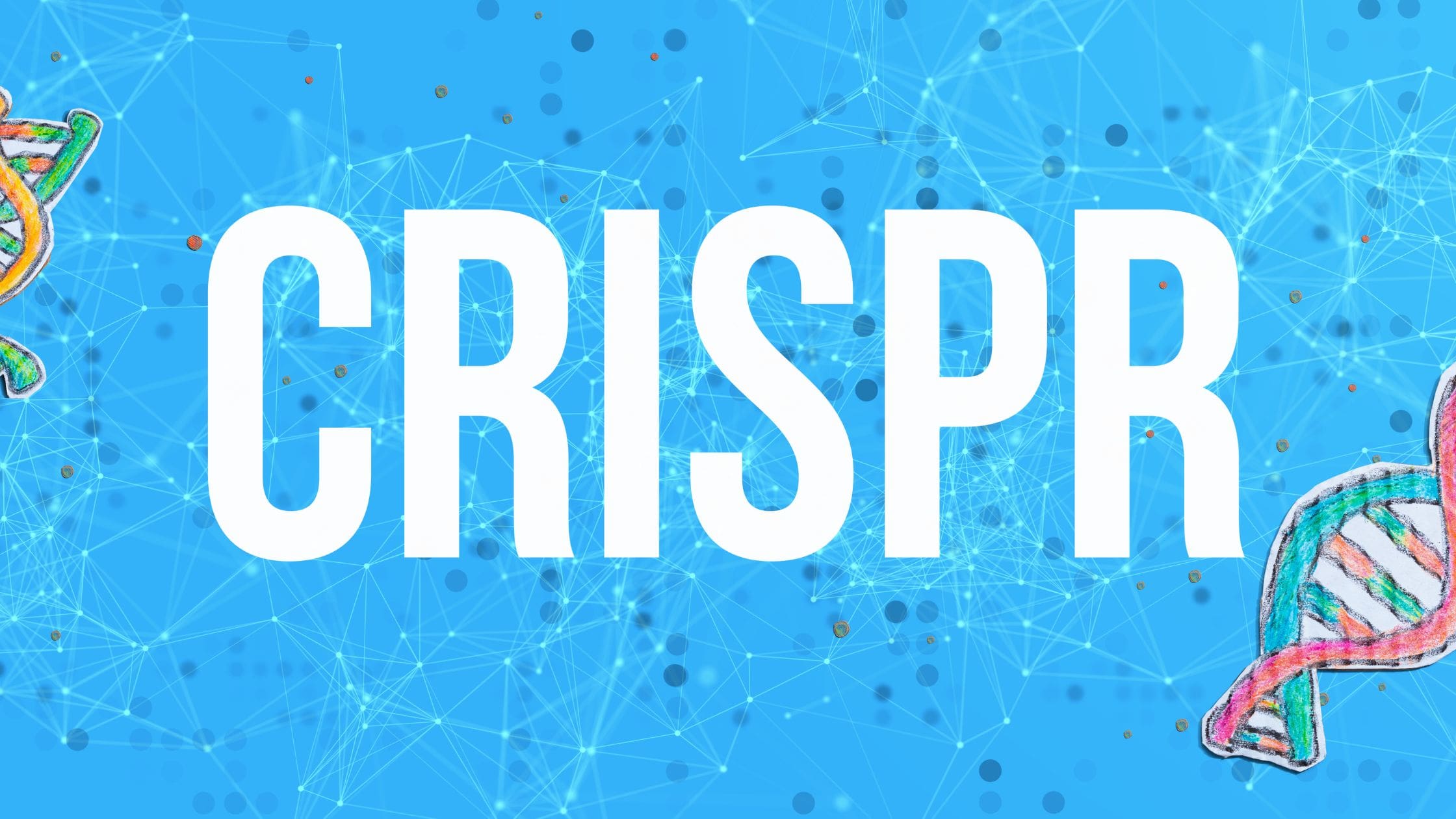Scientists are increasingly working to achieve Longevity Escape Velocity. The term refers to the point when the scientific progress needed to increase life expectancy by one year consistently requires less than a year, thus extending human life to hundreds or perhaps even thousands of years. Currently, it requires more than a year of research to extend human life by one year. Longevity Escape Velocity refers to the point when scientific progress inverts this ratio.
One of the biggest developments to affect longevity research is gene therapy—in particular, CRISPR technology.
What is CRISPR technology?
CRISPR technology is a genome editing tool. It allows researchers to alter DNA sequences and modify gene functions. Theoretically, it can be used to prevent the spread of diseases and correct genetic defects.
“Scientists have appreciated for a very long time that once we understood DNA sequence in cells, if we had a tool that would allow easy manipulation of that sequence, then that would be a very powerful kind of technology,” said Dr. Jennifer Doudna of the University of California, Berkeley, speaking in a video produced by the university. In 2012, she and Dr. Emmanuelle Charpentier were the first to propose that CRISPR technology might be used to edit genomes.
“CRISPR is a technology for changing the sequence of DNA in cells in a precise fashion to correct mutations that might otherwise cause disease. It is going to enable a lot of science to be done that was impossible to do in the past,” Dr. Doudna said.
How does CRISPR work exactly?
CRISPRs (Clustered Regularly Interspaced Short Palindromic Repeats) are DNA sequences found in bacteria. “CRISPR” is also used to refer to the technology or technique that was adapted from the actions of CRISPR and a protein called Cas9. The full name of CRISPR technology is CRISPR-Cas9.
Cas9 acts as a molecular scalpel for DNA. CRISPR-Cas9 can identify a DNA sequence within a cell that is malfunctioning and disable it by cutting it with Cas9. This gene editing technique can be used to repair or disable a mutated part of the gene that may be causing disease.
So how does Cas9 correctly identify the part of the gene that needs repairing or disabling? Scientists attach the Cas9 to an RNA (ribonucleic acid) sequence that matches the DNA sequence they want to modify or edit.
They then place this Cas9-RNA combination into the cell, where it finds the mutant DNA and uses a chemical reaction to cut the DNA strand at the area where it is not working. From there, scientists can sometimes add the correct version of the gene to stimulate the cell to work properly again, or allow the cell’s natural repair mechanisms to get to work in introducing mutations to the genome.

How could CRISPR increase human longevity?
As a gene editing tool, CRISPR could be used by scientists to eventually eliminate genetic diseases, like hypertrophic cardiomyopathy. Researchers also looking to use CRISPR technology on mutations that cause Huntington’s disease and cystic fibrosis.
Elsewhere, research is underway that will see CRISPR applied to the BRCA-1 and -2 mutations, which are linked to breast and ovarian cancer. Meanwhile, researchers have also run lab experiments that show how CRISPR can eliminate HIV infections from T cells.
In addition, CRISPR technology may be used to develop more effective antibiotics. As bacteria evolve and become resistant to existing antibiotics, it is becoming increasingly difficult and costly to develop new antibiotics. However, CRISPR technology could be created to precisely target and eradicate certain bacteria. Researchers are also looking to use CRISPR on the HIV and herpes viruses.
While much of the public perception and focus is on CRISPR as a gene editing tool, the technology is also being used in other fields, led by the food and agriculture industry. Crop scientists could use CRISPR to edit the genomes of crops to be more nutritious or disease-resistant, or to require less water.
Is CRISPR being used for genetic editing in humans?
So far, CRISPR research, development, and testing have been consigned to labs and mice, and there have been plenty of fascinating results. For instance, scientists have been able to use CRISPR technology to reduce genetic deafness in mice as well as to edit bone marrow cells in mice to treat sickle-cell anemia. These experiments represent progress toward human tests for similar treatments.
However, while clinical trials could go ahead in the future, a 2017 report from the National Academy of Sciences stated that “genome editing for enhancement should not be allowed at this time” and any potential future trials would be administered only for “serious conditions under stringent oversight.”
Concerns about CRISPR
Like many radical scientific breakthroughs, particularly medical, there are ethical questions surrounding CRISPR and its gene-editing capabilities. This is a particular issue with respect to editing cells that pass on their genetic material to subsequent generations. Genetic editing of this kind could create unintended consequences for future generations without their consent.
Meanwhile, a scientist in China, He Jiankui, claimed in 2018 that he had successfully created twin girls with CRISPR-edited genes, causing shock—and suspicion—and leading to many ethical concerns. He was fired from his academic position and sentenced to three years in prison for his actions.
Additionally, CRISPR is still far from a perfect system and it could cause serious harm. CRISPR-edited cells could trigger cancer, reduce life expectancy, and even potentially create new diseases if the DNA is incorrectly edited and altered.
Future of CRISPR
CRISPR technology is among the most significant scientific advancements in the biomedical field, but it is still in its infancy. However, the exponential increase in CRISPR studies and researchers in the field are evidence that scientists are excited about its potential. Indeed, in 2011, there were fewer than 100 published papers on CRISPR. By 2018, there were more than 17,000.
The more researchers study CRISPR, the more its evolution will accelerate. We have a long way to go and many ethical questions to address, but this gene editing tool will, as Dr. Doudna said, “do a lot of good for human society and human health.”




